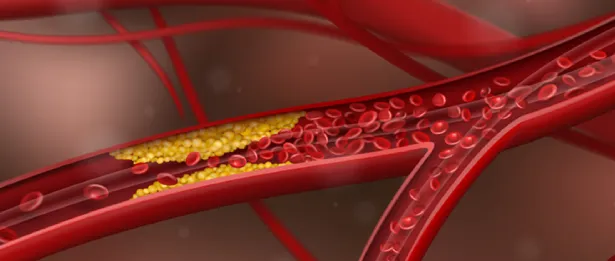What is Ig A Vasculitis?

What is Ig A Vasculitis?
Ig A Vasculitis is the most common vasculitis (inflammation of the blood vessels) of childhood, affecting small-diameter blood vessels. This vasculitis usually affects the small vessels of the skin, intestine, and kidney.
What are the symptoms of Ig A Vasculitis?
Skin Involvement
Rash is often the first symptom of Henoch-Schönlein purpura. It is in the form of red bleeding foci under the skin, called purpura, which are purple in color and do not fade when pressed. While the rash is initially red, it gradually turns purple. Purpura occurs most frequently on the legs and hips, but less frequently on the arms and rarely on the trunk. An important skin finding of HSP is subcutaneous swelling. It can most commonly occur on the hands, feet, scalp, forehead and scrotum.
Joint Involvement
Joint pain and/or arthritis (joint inflammation) are the second most common clinical findings and are seen in 60-84% of cases. It may occur before rashes in approximately one quarter of the cases. Knees, ankles, elbows and wrists are often affected. Rarely, wrists and fingers may be affected. There is swelling, pain, tenderness and limitation of movement in the joint. Joint findings heal completely in a few days or weeks, leaving no permanent damage.
Gastrointestinal System Involvement
Gastrointestinal system involvement is observed in 60-70% of patients. Abdominal pain, nausea, and vomiting occur. Although the majority of patients have hidden or obvious bleeding in the stool, serious bleeding may occur in 5% of cases. The most serious life-threatening complications in gastrointestinal involvement, other than bleeding, are intussusception. (intertwining of the intestines). Although abdominal pain generally follows skin findings, some children may have severe abdominal pain at the beginning of the disease, which may lead to diagnostic confusion.
Kidney Involvement
Kidney involvement is seen in 10-50% of patients. It occurs in 80% of patients in the first 4 weeks, and in the remaining 20% in the second and third months. The earliest sign of kidney involvement is usually hematuria (blood in the urine). Findings of renal involvement in HSP show a wide spectrum. Various clinical pictures can be seen, including microscopic and/or macroscopic hematuria, proteinuria, less commonly nephrotic syndrome, acute nephritic syndrome, hypertension and acute renal failure. Less than 5% of patients develop progressive kidney damage.
Other Clinical Findings
Central nervous system involvement occurs in 1-8% of patients. Convulsions, bleeding, coma, EEG abnormalities and paralysis may develop as a result of vasculitis of the central nervous system (CNS). Headache and behavioral disorders are among the central nervous system symptoms of HSP. Lung involvement is rare in HSP. Bleeding may rarely occur due to involvement of pulmonary vessels.
How to Diagnose Ig A Vasculitis?
There are no laboratory findings specific to Henoch-Schönlein purpura. The diagnosis of Henoch-Schönlein Purpura is made according to the diagnostic criteria. Purpura along with other symptoms such as joint findings, abdominal pain, renal involvement findings, or one of the findings of leukocytoclastic vasculitis with excessive IgA deposition suggest HSP. Diagnostic skin biopsy is rarely necessary to demonstrate the presence of immunoglobulin A for differential diagnosis.